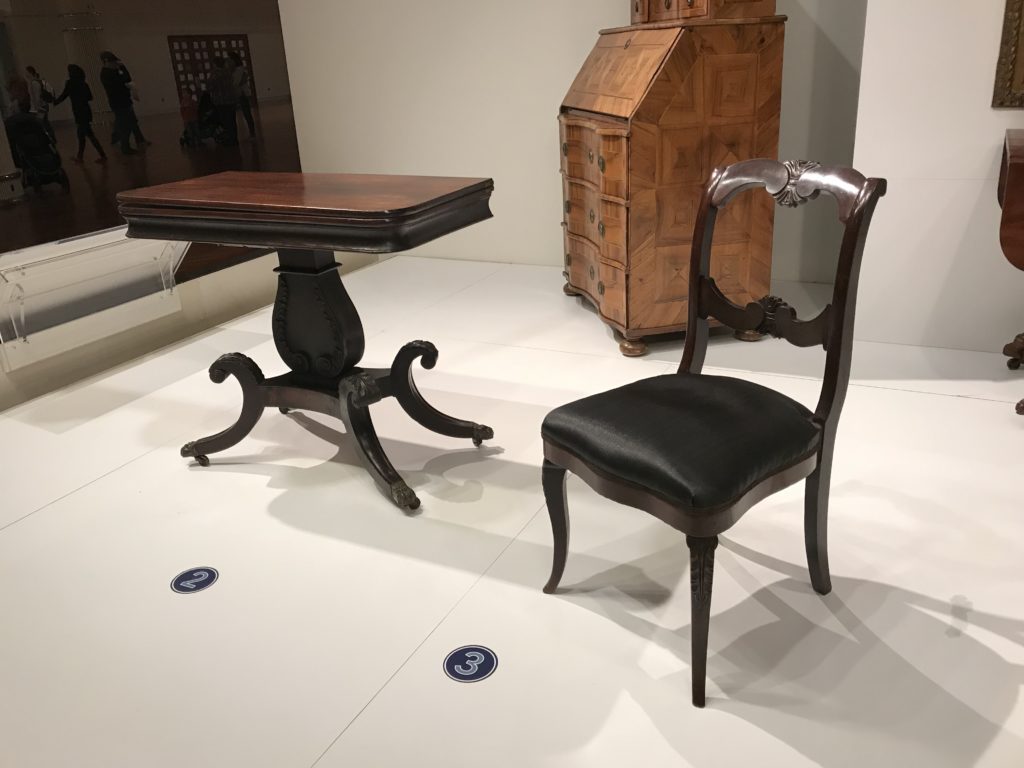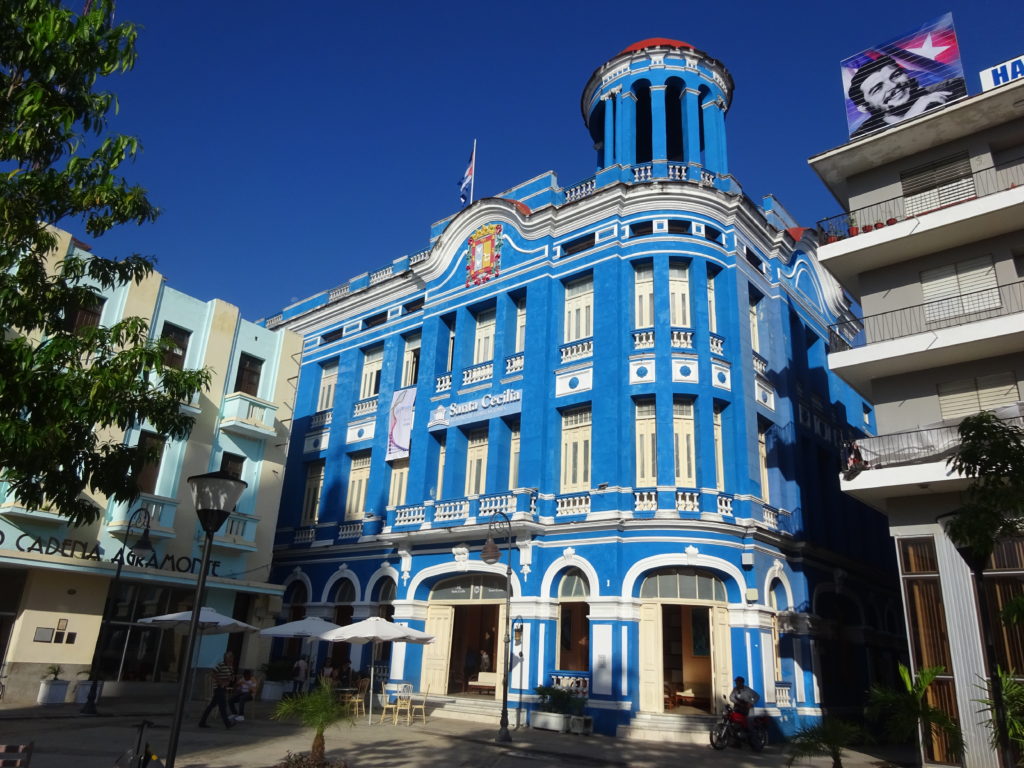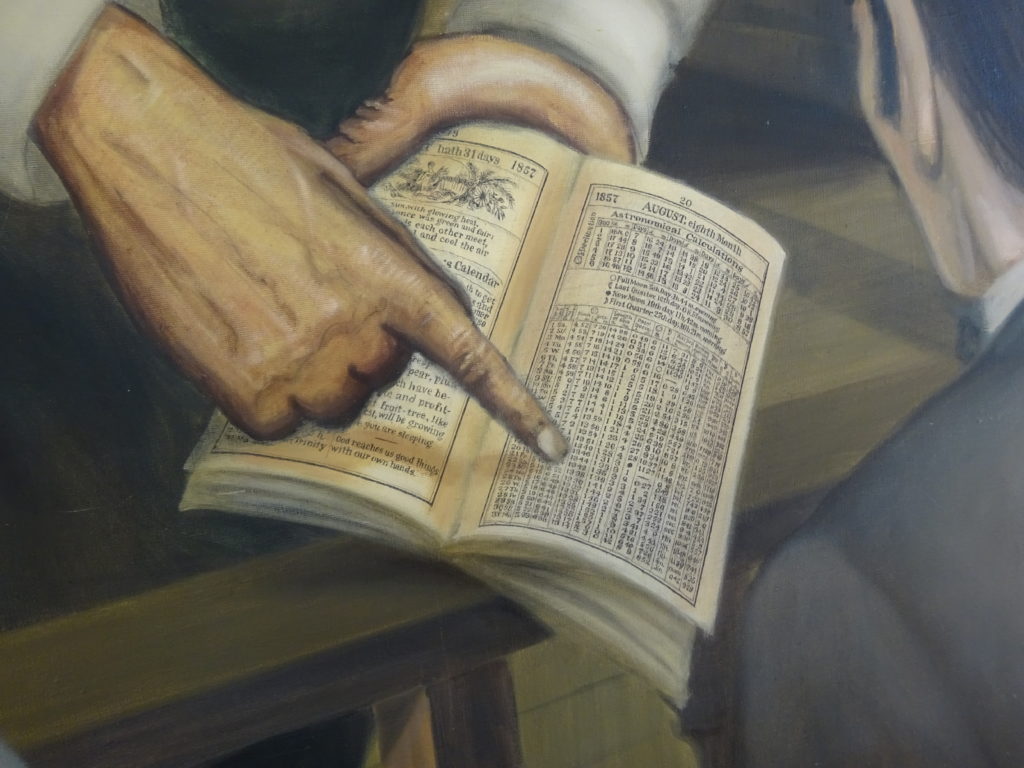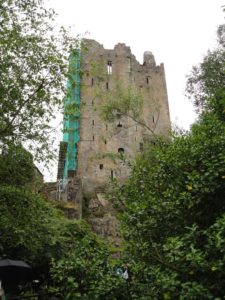 You’ve heard the schtick. Visit Blarney! Kiss the Blarney Stone! Gain the gift of eloquence! But should you do it? To kiss, or not to kiss, that is the question. Whether ’tis nobler in the mind to suffer the slings and arrows of outrageous condemnation by friends and family who bagger you with the question: “So, did you kiss the Blarney stone or not?” Or to take up arms against a sea of tourists who pay big bucks to participate in nothing but a huge tourist hype…and by opposing, end them.*
You’ve heard the schtick. Visit Blarney! Kiss the Blarney Stone! Gain the gift of eloquence! But should you do it? To kiss, or not to kiss, that is the question. Whether ’tis nobler in the mind to suffer the slings and arrows of outrageous condemnation by friends and family who bagger you with the question: “So, did you kiss the Blarney stone or not?” Or to take up arms against a sea of tourists who pay big bucks to participate in nothing but a huge tourist hype…and by opposing, end them.*
*With apologies to Shakespeare’s Hamlet for disheveling his famous soliloquy.
The ultimate choice is, of course, up to you. Finding myself wandering around the Blarney Castle one rainy July day, I felt almost obligated to kiss the Blarney stone. Not from some Lonely Planet “must-do tourist check-the-box” list, but from the fear of hearing it from the Irish portion of my family bloodline. Okay, I admit it. This was kind of a bucket list thing for me and I really wanted to do it. So I did, thank you very much.
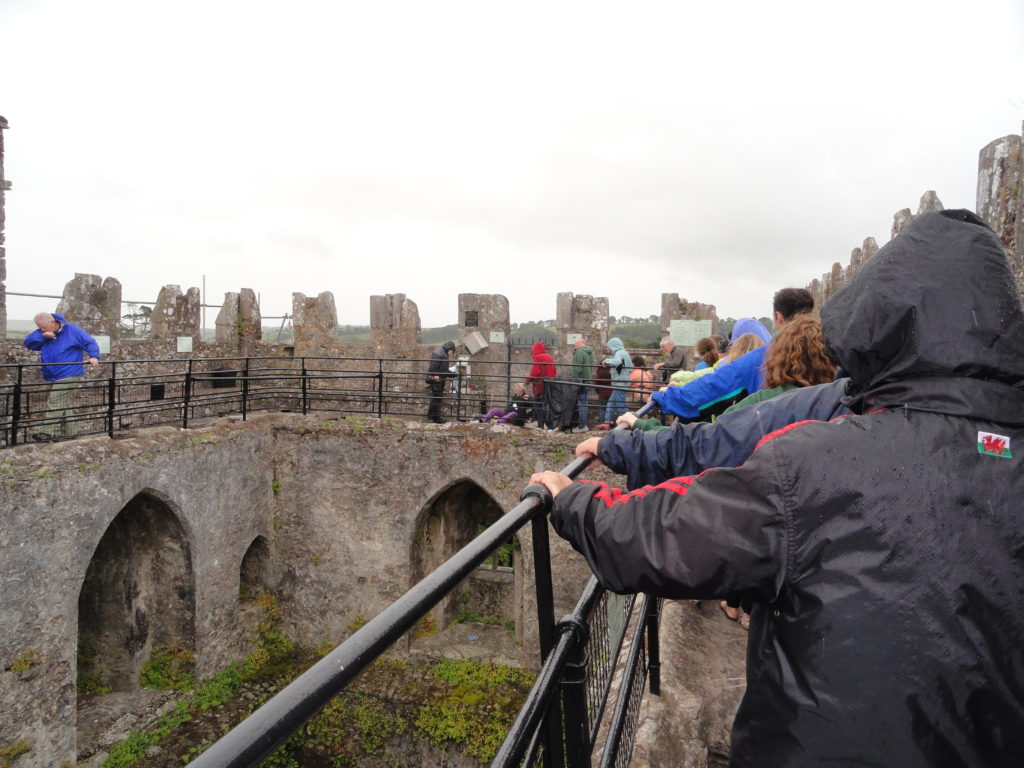
Climbing the ever-narrowing tower steps to the top of the castle was at least dry, even if it did rekindle my mild claustrophobia. Half the castle was blocked by a green-mesh coated scaffolding for the most recent (continuing) renovation. Once at the top I joined a line of like-minded tourists (um, explorers) waiting for their chance to be manhandled into a narrow crevice. I must have missed the memo on this part but to kiss the Blarney stone – technically just the inside of the outer wall of the castle – you have to lie on your back, dangle your upper body into a small cutout hole in the roof, and while hoping the grip of the attendant on your body doesn’t slip due to the rain, lean back and kiss the stone upside down and backwards. Seriously, it’s like yoga at 90 feet. To ensure you get the most of the experience, a few widely spread iron bars are the only thing between your sightline and the ground far below. Please don’t lose your grip on me, Mr. Attendant. Jus’ sayin’.
After safely climbing down the stairs in the opposite tower, I walked around the grounds a little. If you get a good day (it rained the entire week I was in Ireland), take the time to walk through the gardens and check out Rock Close, a small natural enclave on the castle property.
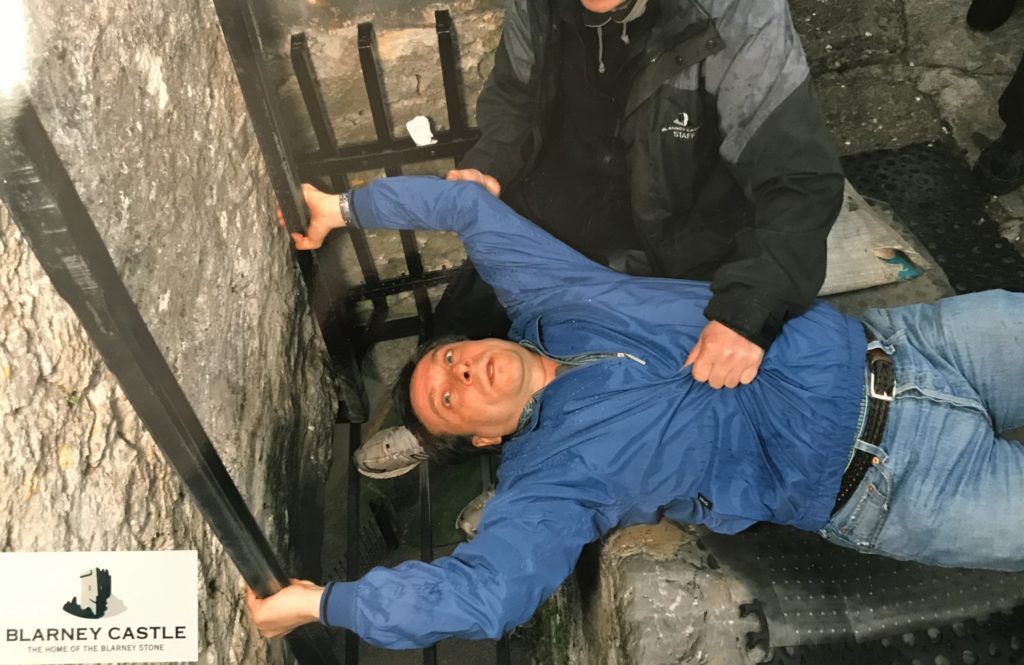
Usually I pass on the obligate “official photo,” but this time I was with family and thought it might be a good keepsake despite the rather unflattering photo. Only later did I hear stories of locals peeing on the stone at night and laughing heartily at the rock-kissing tourists at the local pub. Worse, that the stone and the accompanying hole was once a medieval toilet.
Sorry, I have a sudden urge to gargle a bottle of Listerine. But hey, if you want to kiss the Blarney stone, by all means do it. I did. Now, where did I put that bottle?
David J. Kent is an avid science traveler and the author of Lincoln: The Man Who Saved America, in Barnes and Noble stores now. His previous books include Tesla: The Wizard of Electricity and Edison: The Inventor of the Modern World and two specialty e-books: Nikola Tesla: Renewable Energy Ahead of Its Time and Abraham Lincoln and Nikola Tesla: Connected by Fate.
Check out my Goodreads author page. While you’re at it, “Like” my Facebook author page for more updates!



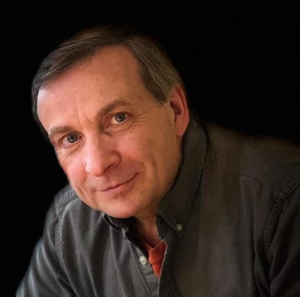 This has been a very busy summer in Lincoln world. For me personally I have two upcoming presentations in Washington, D.C., including keynoting a major annual event at Fort Stevens. And both are free (so come on down).
This has been a very busy summer in Lincoln world. For me personally I have two upcoming presentations in Washington, D.C., including keynoting a major annual event at Fort Stevens. And both are free (so come on down).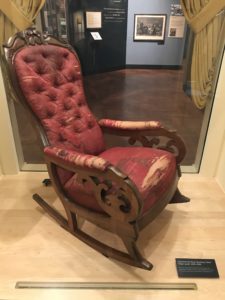 My Chasing Abraham Lincoln tour took me to Dearborn, Michigan to see the chair. “The Chair.” The rocking chair that Abraham Lincoln was sitting in the moment he was assassinated. The chair is in the Henry Ford Museum of American Innovation, which along with its outdoor venue, Greenfield Village, is a treasure trove for Abraham Lincoln aficionados.
My Chasing Abraham Lincoln tour took me to Dearborn, Michigan to see the chair. “The Chair.” The rocking chair that Abraham Lincoln was sitting in the moment he was assassinated. The chair is in the Henry Ford Museum of American Innovation, which along with its outdoor venue, Greenfield Village, is a treasure trove for Abraham Lincoln aficionados.

